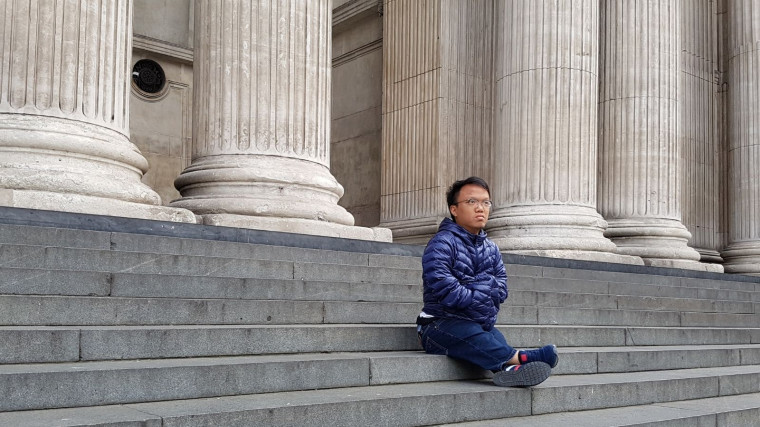|
Audio Version Available
|
“Can you cycle? The bicycle is bigger than you.”
Someone he once knew asked Joshua Khoo this question when he was just a child.
He recalls that he chalked it up to poor social awareness on the part of the person and simply replied: “Of course.”
Joshua, 29, was born with achondroplasia, a bone growth disorder. It is one of the medical conditions that present as what is commonly known as dwarfism.
In achondroplasia, gene mutations in fetuses prevent cartilage from converting to bone. This interferes with the normal development of the skeleton. People with achondroplasia usually have normal-sized torsos and short limbs.
So is it rude to refer to people with achondroplasia as people with dwarfism? The answer is that it varies.
Most international organisations that focus on the condition explain that while some prefer “little people” and others are okay with “people with dwarfism”, the key thing is to check with the person you are speaking with directly.
When we asked him about terminology, Joshua says he prefers to refer to himself as “a person with achondroplasia’ as he finds the medical term more respectful.
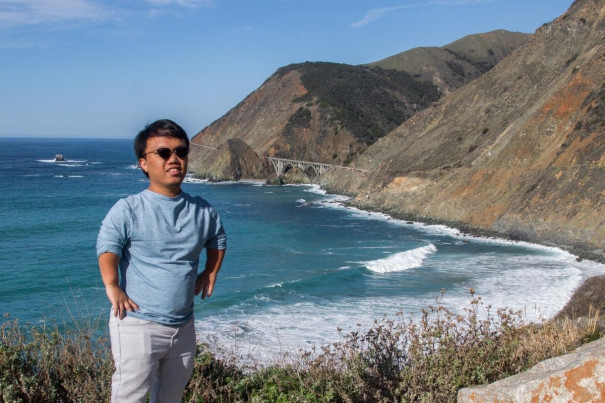
Being physically different has made Joshua no stranger to negative encounters such as with the person who asked him about cycling.
“It’s common for people to stare,” says Joshua, who is 1.3m tall.
But he acknowledges that, all things considered, he is not treated all that differently from other people and isn’t affected even when they do.
He says: “I don’t let negative thoughts and behaviour from others discourage me from living well.”
Far from being hampered by achondroplasia, Joshua leads a life not much different from any young man his age.
After our interview at a café, Joshua politely held the door open for me, allowing me to precede him through the exit. In fact, when we chatted, he shared that he enjoys café culture and isn’t bothered by the relative height of the furniture, whether it is the counter where he orders or the table where he sits.
Living the full life
Joshua started walking at age 4, much later than most children. But this has not slowed him down. Badminton was one of his favourite childhood activities, he says and yes, cycling as well.
He explains: “Cycling gives me a sense of freedom. I love the speed. When walking, I have to take twice the number of steps to cover the same distance as a normal person. But cycling takes away that obstacle.”
These days, Joshua loves photography and travelling. He has turned his hobby into a career as well — working as a freelance professional photographer who focuses mostly on families and children.
One of his favourite events is National Day, where he takes many photos of the celebrations each year — from the Red Lions parachute experts to the fireworks display, and the reaction of the crowds enjoying the events.
He does have to take extra effort, however.
“I have to get to the location 3 hours ahead of the event so that I can get a good spot to take photos from. If not, I might be blocked, especially by people whose tripods are taller than mine!”
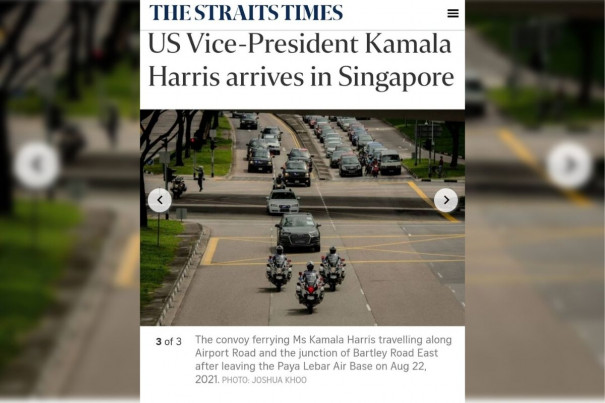
Taking his physical constraints in his stride, Joshua has been prolific in his work. He even snapped a shot of US Vice President Kamala Harris’ motorcade as it travelled from Paya Lebar Air Base when she visited Singapore in August earlier this year.
He had a quiet pride and satisfaction in his voice when he said that his photo was used by the Straits Times.
The other great joy that he gets (although not now, thanks to Covid) is travelling with his family
“My family loves to trek in nature during winter.” Joshua recalls a family holiday to Sapa in northwestern Vietnam.
“We covered about 24km in 3 days. I need 4 hours to complete a trek that someone else might do in 2.5 hours. I had to take short breaks during the trek. And I needed to take extra precautions when taking big steps over large rocks to cross a river.”
Given his stature, safety is a concern when Joshua undertakes these activities but this has not stopped him from participating.
Other stories you might like



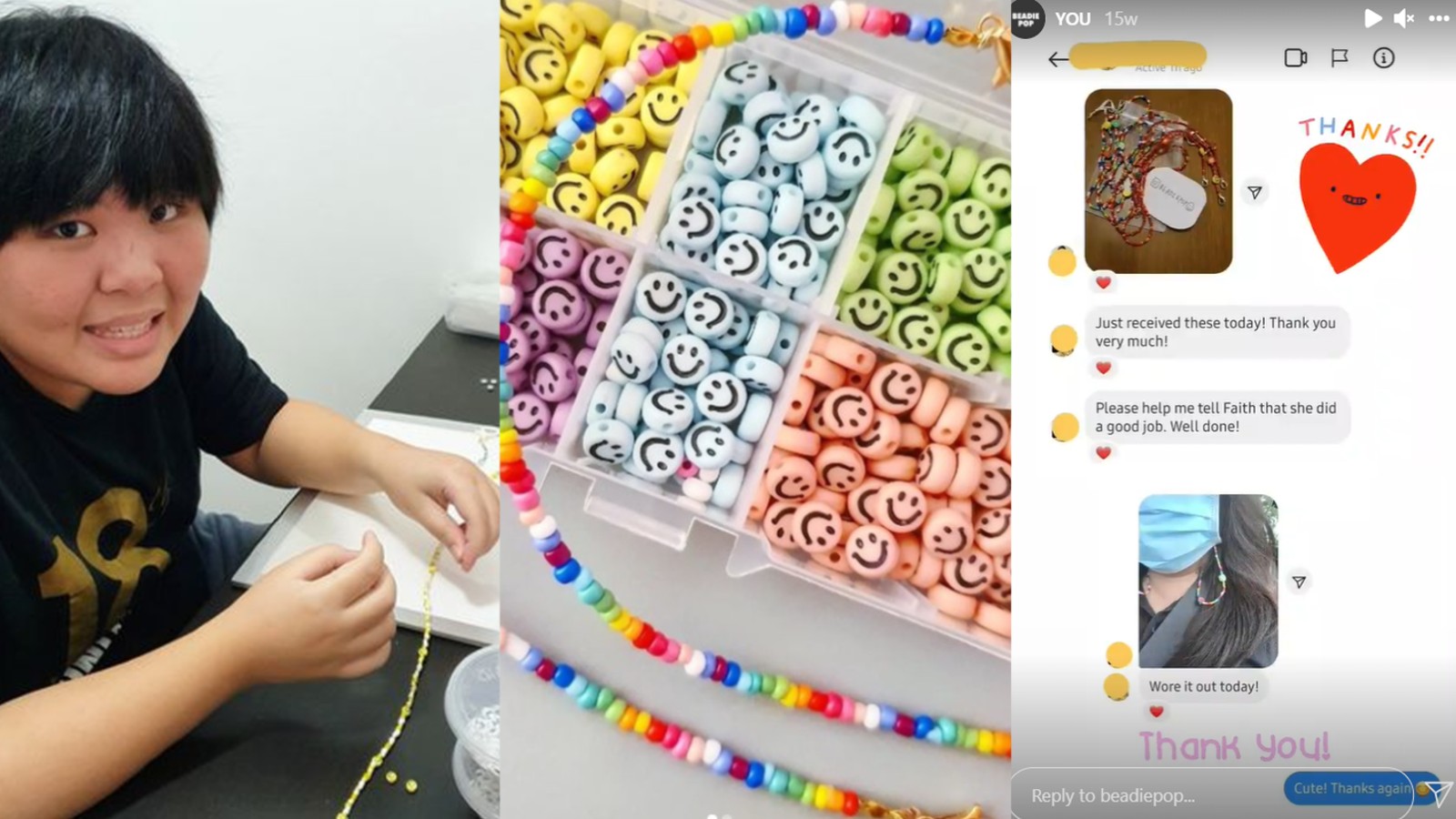

Joshua’s childhood friend, Malcolm Sim, has known him since they met in church more than 20 years ago. They serve together, with Joshua playing the cajon (a percussion instrument) and drums during service, and Malcolm taking care of the audiovisual aspects of the service.
Nowadays, they do more videography work since church services are conducted online.
Malcolm says: “When I was younger, I noticed Joshua was shorter than most people. But (since then) we have been friends for so long, I have forgotten about the height difference.
“I might walk more slowly when I’m with him but I don’t bend down to talk to him. It’s just like walking and talking with any other friend.”
He adds: “Joshua has a big heart. He is usually the one working behind the scenes in church, paying attention to the little details. For example, he knows that the people attending certain online church services are elderly, and may be hard of hearing, so he increases the volume of the video recordings for them.”
Little Mighty Warriors
Over the years, Joshua has received his fair share of questions about achondroplasia, such as “Is this condition hereditary?”, “Are you attending a special-needs school?” or his favourite, “Why are you short?”
No, he explains, most cases of achondroplasia are not hereditary (his parents and older brother do not have the condition). No, he did not need to attend a special-needs school because it is only his height that sets him apart. As for the last question, Joshua just smiles tiredly.
He says that he is used to hearing those questions and that’s why he sees it as his mission to educate people on achondroplasia.
In July, Joshua set-up LittleMightyWarriors, to create awareness of the condition.
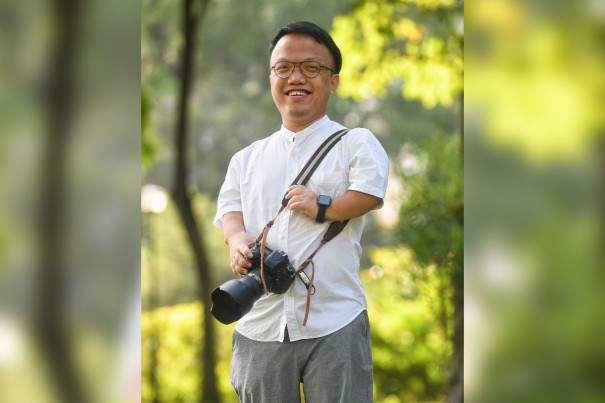
“I want to empower people with achondroplasia to be themselves and dare to be authentic. We don’t have to be afraid to face the world because we are not alone.”
Joshua describes himself as being interested in people and in building relationships. He wants to start a community for others just like him, to support each other.
Joshua plans to organise a photo exhibition featuring people with achondroplasia and their caregivers, where they can share their life stories. He has reached out to a few people who also have the condition, and wants to make contact with more.
If you or some you know would like to reach out to Joshua, you can drop him a DM on Instagram or Facebook.
He cites inclusivity as his end goal. He says: “We are just normal people who look different.”
If you like what you read, follow us on Twitter and Google News to get the latest updates.
